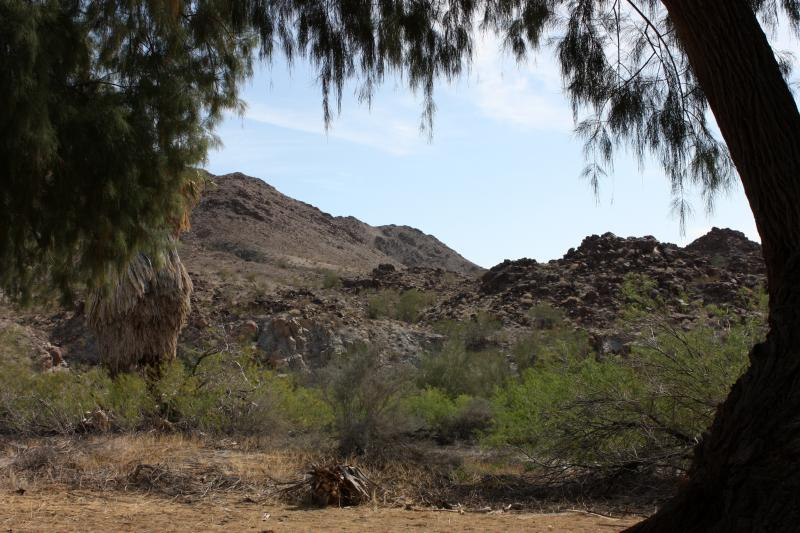Chuckwalla and Sáttítla National Monuments

This is happening and it’s good, but there is a complication I’d like to point out:
President Joe Biden plans to create two new national monuments in California in the coming days, according to two people briefed on the announcement, aiming to cement his environmental legacy before President-elect Donald Trump takes office.
Biden will sign a proclamation establishing the roughly 644,000-acre Chuckwalla National Monument in Southern California near Joshua Tree National Park, the people said. The move would bar drilling, mining, solar-energy farms and other industrial activity in the area. It also would honor the wishes of several Native American tribes that have revered the landscape for thousands of years, and would expand local Latino communities’ access to outdoor recreation areas.
The president also will sign a proclamation creating the roughly 200,000-acre Sáttítla National Monument in Northern California near the Oregon border, the people said. The Pit River Tribe has spearheaded the campaign to protect that area from energy development.
So what’s the problem? Well, there is the matter of climate change:
Some local officials worry that Chuckwalla, for its part, could quash solar development in one of the country’s sunniest locales.
Officials in Blythe, Calif., a city of roughly 18,000 people east of Joshua Tree, issued a June press release opposing Chuckwalla’s proposed boundaries. They called for redrawing the monument map to exclude tens of thousands of acres on either side of the city.
“We’re in the Sonoran Desert, one of the hottest and sunniest places in the United States,” Blythe Vice Mayor Johnny Rodriguez said in an interview. “We need green energy for our state, and this would be the natural place for it.”
Blythe Mayor Joseph DeConinck added that “if this becomes a monument, there’s going to be more restrictions, more rules.”
Such concerns point to a tension between two of Biden’s environmental priorities: protecting public lands and speeding the nation’s transition to green energy. But supporters of Chuckwalla contend it would complement — not clash with — solar development in the desert.
Supporters note that in 2016, federal and state agencies adopted the Desert Renewable Energy Conservation Plan, which designated areas suitable for development as well as places that should be protected for their biological, cultural and recreational values. They say the monument map was drawn to avoid nearly 400,000 acres that could host sprawling solar farms.
“The monument does not overlap with any of the development areas for solar; it fits right around them like a puzzle piece,” said Stephanie Dashiell, an environmental consultant who works with a coalition of nonprofit groups supporting Chuckwalla.
Dashiell added that the coalition has done “extensive outreach” to Blythe officials and has garnered “overwhelming support from municipalities other than Blythe.”
This is probably all true and I don’t doubt that almost everyone around does support the monument. But it is worth noting that green energy development does still require a level of sacrifice, as does any kind of energy development. Still, this is a good thing all in all.


